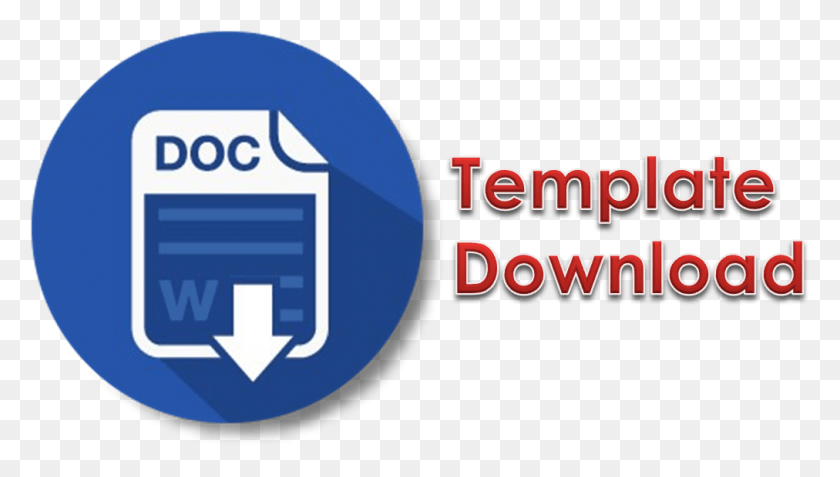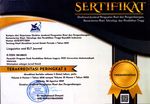Fillers Used by Speakers on DIVE Studios Podcast
Abstract
Fillers are words or sentences used in speech in order to connect concepts or link ideas during pauses in speech. This research examined the types and functions of fillers used by speakers on DIVE Studio podcast. This study aims to determine the types and functions of fillers used by speakers in the Dive Studios podcast. Furthermore, conversation analysis is used in this study to gather data. This research also uses a qualitative approach to describe the data. The study's findings revealed 479 fillers, divided into lexicalized and unlexicalized filled pauses. On the other hand, the researchers concluded that fillers have several functions related to the speaker's state. Five functions represent this research: hesitating, empathizing, mitigating, time-creating devices, and editing terms. Additionally, knowing the many kinds and purposes of fillers may assist speakers in being mindful of their speaking abilities.
Keywords
Full Text:
PDFReferences
N. I. Fitria and A. H. Setyawan, “Implicature Analysis on Online Lecture Courses of English Education Study Program,” J. English Lang. Teach. Lit., vol. 6, no. 2, pp. 159–175, 2023, doi: 10.47080/jeltl.v6i2.2796.
A. J. Liddicoat, An Introduction to Conversation Analysis. Bloomsbury Publishing, 2021. [Online]. Available: https://www.google.co.id/books/edition/An_Introduction_to_Conversation_Analysis/
A. A. Gandhi and A. H. Setyawan, “AN ANALYSIS OF COOPERATIVE PRINCIPLE USED IN JOE ROGAN’S PODCAST,” Pros. Semin. Nas. Bhs. dan Sastra 2022, 2022.
S. Erten, “Teaching Fillers and Students’ Filler Usage: A Study Conducted at ESOGU Preparation School,” Int. J. Teach. Educ., vol. 2, no. 3, pp. 67–79, 2014.
I. van Baalen, “Male and female language: growing together?” [Online]. Available: http://www.let.leidenuniv.nl/hsl_shl/van Baalen.htm
S. L. Aliyah, R. Anggraini, and P. Hestrian, “an Analysis of Fillers Used By Agnes Monica With Build Series’ Interview,” Curricula J. Teach. Learn., vol. 6, no. 2, pp. 80–87, 2022, doi: 10.22216/curricula.v6i2.276.
B. S. Indriyana, M. W. Sina, and B. Bram, “Fillers and Their Functions in Emma Watson’s Speech,” Ranah J. Kaji. Bhs., vol. 10, no. 1, p. 13, 2021, doi: 10.26499/rnh.v10i1.1350.
M. Firiady and A. W. Mahendra, “a Study of Fillers Uttered in English Public Speaking,” ELTR J., vol. 3, no. 2, pp. 136–148, 2019, doi: 10.37147/eltr.v3i2.98.
F. A. Khusna and L. Indriani, “Identifying the Used of Filers in Speaking Fluency of Asian Novice Teachers,” Int. J. English Learn. Appl. Linguist., vol. 2, no. 2, pp. 165–185, 2022, doi: 10.21111/ijelal.v2i2.7175.
S. Robinson, C. The, and P. State, “Podcasts in Education : What , Why and How ?,” Allied Acad. Int. Conf. Acad. Educ. Leadersh. Proc., vol. 14, no. 1, pp. 38–44, 2009, [Online]. Available: http://scholar.google.com/scholar?hl=en&btnG=Search&q=intitle:Podcasts+in+education:+What,+why,+and+how#7
R. L. Rose, “THE COMMUNICATIVE VALUE OF FILLED PAUSES IN SPONTANEOUS SPEECH,” 1998.
D. J. Foss and D. T. Hakes, Psycholinguistics: an introduction to the psychology of language. Englewood Cliffs, N.J: Prentice-Hall, 1978.
A.-B. Stenström, An introduction to spoken interaction. London, New York: Longman, 1994.
V. A. Pamolango, “TYPES AND FUNCTIONS OF FILLERS USED BY THE FEMALE TEACHER AND LECTURER IN SURABAYA,” 2015.
L. Andriani, “FILLER TYPES AND FUNCTION IN SPONTANEOUS SPEECH BY STUDENTS AT ENGLISH EDUCATION STUDY PROGRAM OF IAIN PALANGKA RAYA,” IAIN Palangka Raya, 2018.
I. Yulianti, “An investigation of the fillers used in joko widodo’s three Speeches,” 2018.
J. R. Fraenkel and N. E. Wallen, How to Design and Evaluate Research in Education, 7th ed. New York: Beth Mejia, 2009.
M. B. Miles, A. M. Huberman, and J. Saldana, Qualitative Data Analysis: A Methods Sourcebook, 3rd ed. SAGE Publication, Inc., 2014.
H. Mutmainnah and D. Sutopo, “SPOKEN TEXT FEATURES OF THE CONVERSATION IN TV TALK SHOW OF TALK INDONESIA,” Lang. Circ. J. Lang. Lit., vol. 1, no. October, pp. 37–45, 2016.
DOI: https://doi.org/10.31764/leltj.v11i2.20189
Refbacks
- There are currently no refbacks.
Copyright (c) 2023 Untari Setyowati

This work is licensed under a Creative Commons Attribution-ShareAlike 4.0 International License.
_____________________________________________________
Linguistics and ELT Journal
p-ISSN 2339-2940 | e-ISSN 2614-8633

LELTJ is licensed under a Creative Commons Attribution-ShareAlike 4.0 International License.
_____________________________________________________
LELTJ is abstracting & indexing in the following databases:
_____________________________________________________
LELTJ Editorial Office:













